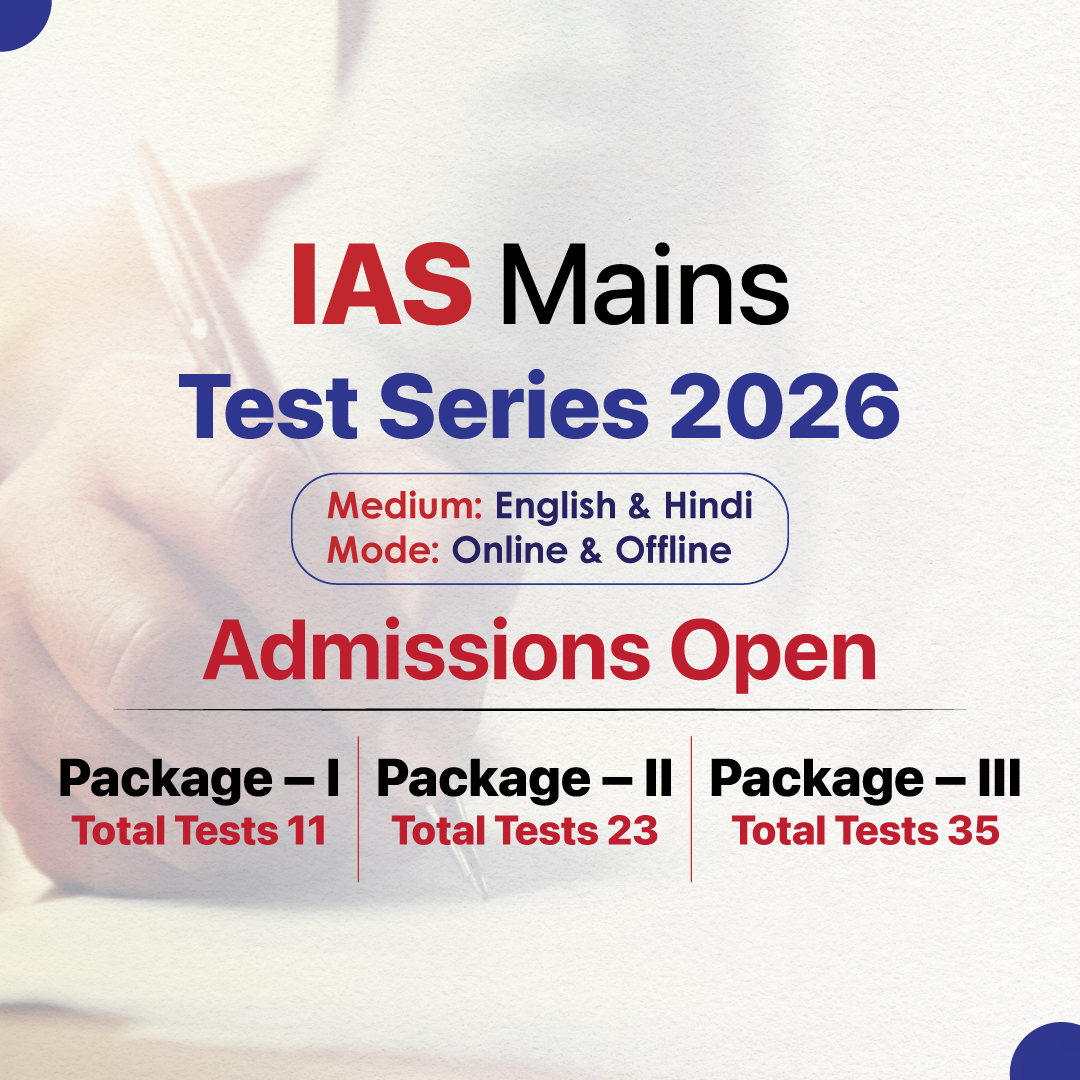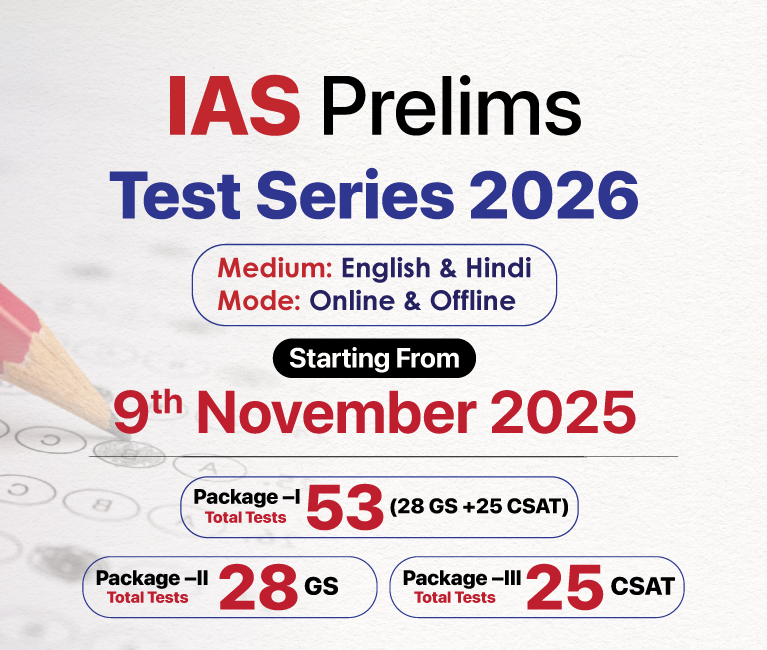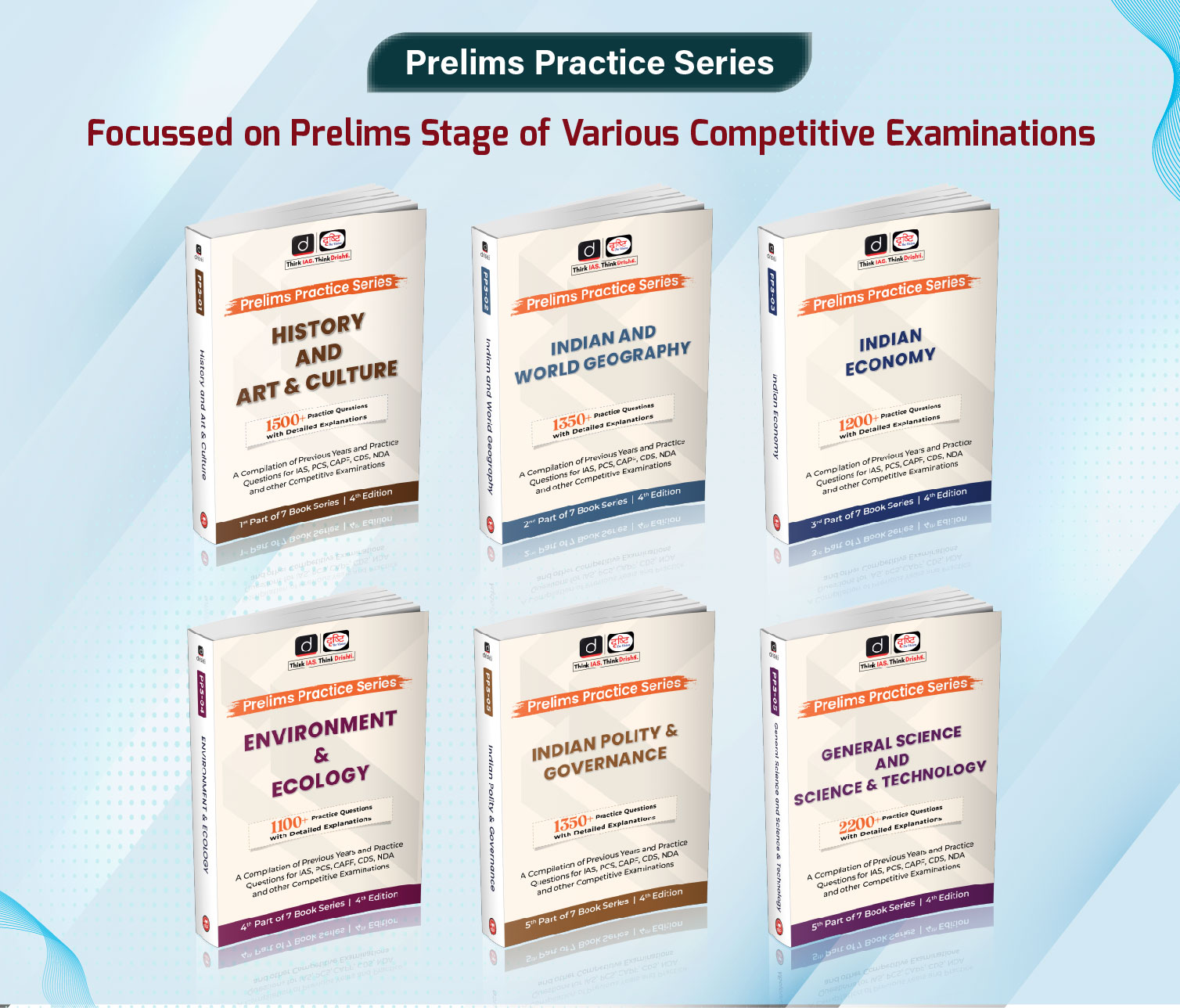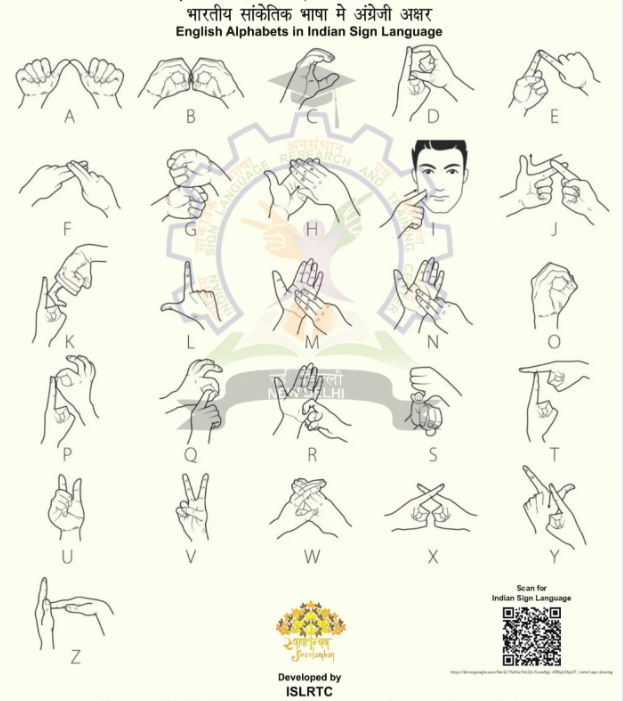Maharashtra Switch to Hindi
Maharashtra Leads in River Pollution
Why in News?
The Central Pollution Control Board (CPCB) has identified a significant issue with polluted river stretches in India, particularly in Maharashtra, which continues to have the highest number of affected rivers.
- Despite a marginal reduction in polluted river stretches nationwide, Mumbai’s rivers remain some of the most severely polluted, primarily due to untreated sewage, industrial effluents, and solid waste dumping.
Key Findings
- Maharashtra's Status: The state has 54 polluted river stretches, the highest in the country. The most polluted stretches are concentrated in the Mumbai Metropolitan Region (MMR), including rivers like the Mithi, Dahisar, Poisar, Oshiwara, and Ulhas.
- Mithi River's Plight: Despite multiple rejuvenation efforts, Mithi continues to be one of Mumbai's most polluted rivers. It carries excessive pollution from untreated sewage and industrial waste, leading to a Biochemical Oxygen Demand (BOD) above safe limits.
- Pollution Levels: The CPCB classifies rivers based on BOD levels. In Mumbai, many rivers exceed 20 mg/L, far surpassing the safe limit of 3 mg/L. The CPCB's priority categories, from Priority I (most polluted) to Priority V (least polluted), highlight the critical need for intervention, with several stretches in Maharashtra falling under higher priority levels.
- National Trends: Across India, the number of polluted river stretches decreased from 311 to 296. However, Maharashtra's contribution remains significant, with 54 out of 296 stretches. Other states, including Delhi, Gujarat, and Madhya Pradesh, also have severely polluted stretches, particularly in the Yamuna, Sabarmati, and Chambal rivers.
- Action Plans and Measures:
- NGT's Intervention: The National Green Tribunal (NGT) had intervened in 2018, taking suo motu cognizance of the CPCB's findings. The NGT ordered states to prepare action plans for river rejuvenation, resulting in the formation of committees in Maharashtra and other affected states.
- CPCB Directives: The CPCB has urged states to enhance sewage treatment, floodplain protection, and river catchment management, emphasizing the urgent need for expanding sewage plants and tightening industrial effluent monitoring.
- National Water Quality Monitoring Programme: The CPCB monitors 2,155 locations across 645 rivers, with the program aiming to improve water quality and track the effectiveness of pollution control measures.
Central Pollution Control Board
- The CPCB is a statutory organisation that was established in September 1974 under the Water (Prevention and Control of Pollution) Act, 1974.
- Further, CPCB was entrusted with the powers and functions under the Air (Prevention and Control of Pollution) Act, 1981.
- It is the apex body for environmental protection and pollution control in India. It functions under the Ministry of Environment, Forest, and Climate Change (MoEFCC) and coordinates with the State Pollution Control Boards (SPCBs) and other agencies.
- The CPCB has various divisions that deal with different aspects of pollution control, such as air quality management, water quality management, hazardous waste management, environmental assessment, laboratory services, information technology, public participation, etc.
National Current Affairs Switch to Hindi
International Day of Sign Languages 2025
Why in News?
The Indian Sign Language Research and Training Centre (ISLRTC), an autonomous body under the Ministry of Social Justice and Empowerment, organized a grand celebration for "Sign Language Day – 2025" on 23rd September 2025.
- The Ministry of Education, in partnership with the Central Institute of Educational Technology (CIET) and NCERT, also held a Special Five-Day Live Programme on Indian Sign Language from 15th to 19th September 2025.
Key Points
- About:
- The United Nations General Assembly declared 23rd September as International Day of Sign Languages to underscore the significance of sign language in realizing the human rights of Deaf people.
- The date marks the establishment of the World Federation of the Deaf (WFD) in 1951, which advocates for the rights and recognition of deaf individuals globally.
- The Convention on the Rights of Persons with Disabilities, which was adopted by the UN in 2006, recognizes sign languages as equal to spoken languages and obligates states to promote the linguistic identity of the Deaf community.
- India was one of the first countries to ratify the Convention in 2007.
- Theme: This year’s theme, "No Human Rights Without Sign Language Rights," calls for increased recognition of sign language as a tool for ensuring equality and dignity for individuals who are Deaf.
- 8th National Indian Sign Language Competition: As part of the celebration, the winners of the 8th National Indian Sign Language Competition, which saw participants from schools across the country in 13 categories, were honored for showcasing creativity and talent within the Deaf community.

.gif)

.png)
















.png)


.jpg)



 PCS Parikshan
PCS Parikshan


